|
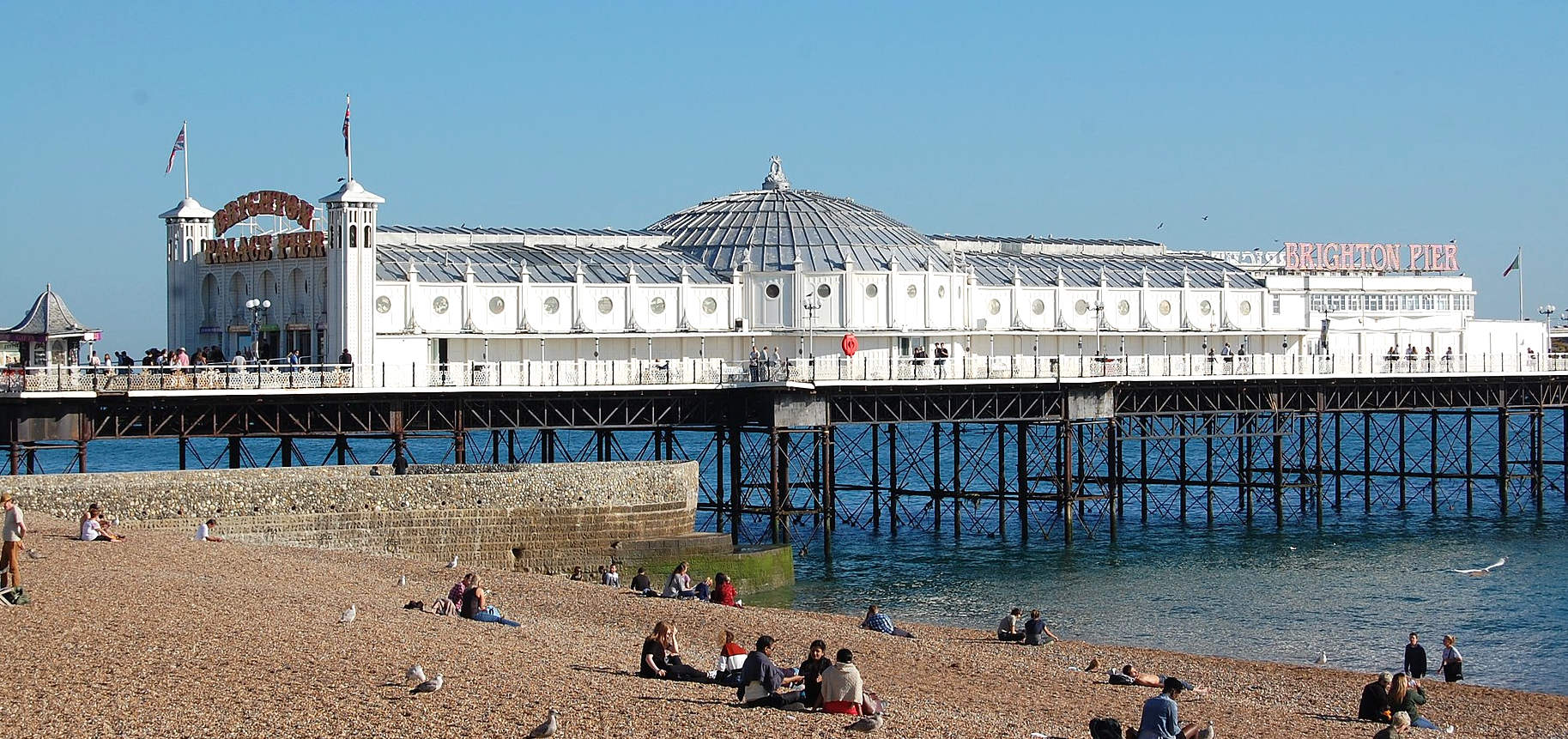
PALACE
PIER - Brighton's
Victorian seaside (free to enter attraction) boasts a funfair, gaming
hall and plenty of fresh sea air
Brighton is a seaside resort and one of the two main areas of the city of Brighton and Hove in the county of
East Sussex, England. It is located 47 mi (76 km) south of London. Archaeological evidence of settlement in the area dates back to the Bronze Age, Roman and Anglo-Saxon periods. The ancient settlement of "Brighthelmstone" was documented in the Domesday Book (1086).
The town's importance grew in the Middle Ages as the Old Town developed, but it languished in the early modern period, affected by foreign attacks, storms, a suffering economy and a declining
population. Brighton began to attract more visitors following improved road transport to London and becoming a boarding point for boats travelling to France. The town also developed in popularity as a health resort for sea bathing as a purported cure for illnesses.
Not today, with untreated waste discharges by Southern Water, due to a
lack of infrastructure investment, and the building of more houses, so
creating more effluent. In fact, if you want to get sick, try swimming
in the sea along the south coast. If you want to die from polluted
water,
try the River
Thames.
In the Georgian era, Brighton developed as a highly fashionable seaside resort, encouraged by the patronage of the Prince Regent, later
King George IV, who spent much time in the town and constructed the
Royal Pavilion in the Regency era. Brighton continued to grow as a major centre of tourism following the arrival of the railways in 1841, becoming a popular destination for day-trippers from London.
Many of the major attractions were built in the Victorian era, including the Grand Hotel, the Hilton Brighton Metropole, the
Palace Pier and the
West
Pier. The town continued to grow into the 20th century, expanding to incorporate more areas into the town's boundaries before joining Hove to form the unitary authority of Brighton and Hove in 1997, which was granted city status in 2000. Today, Brighton and Hove district has a resident population of about 277,103 and the wider Brighton and Hove conurbation has a population of 474,485 (2011 census).
Brighton's location has made it a popular destination for tourists, renowned for its diverse communities, shopping areas, large and vibrant cultural, music and arts scene, and its large LGBT population, leading to its recognition as the "unofficial gay capital of the UK" and as of the 2021 census, 10.7% of the population of Brighton and Hove over the age of 18 identify as gay, lesbian or bisexual, the highest percentage in the entire UK. Brighton has been called the UK's "hippest city" and "the happiest place to live in the
UK".
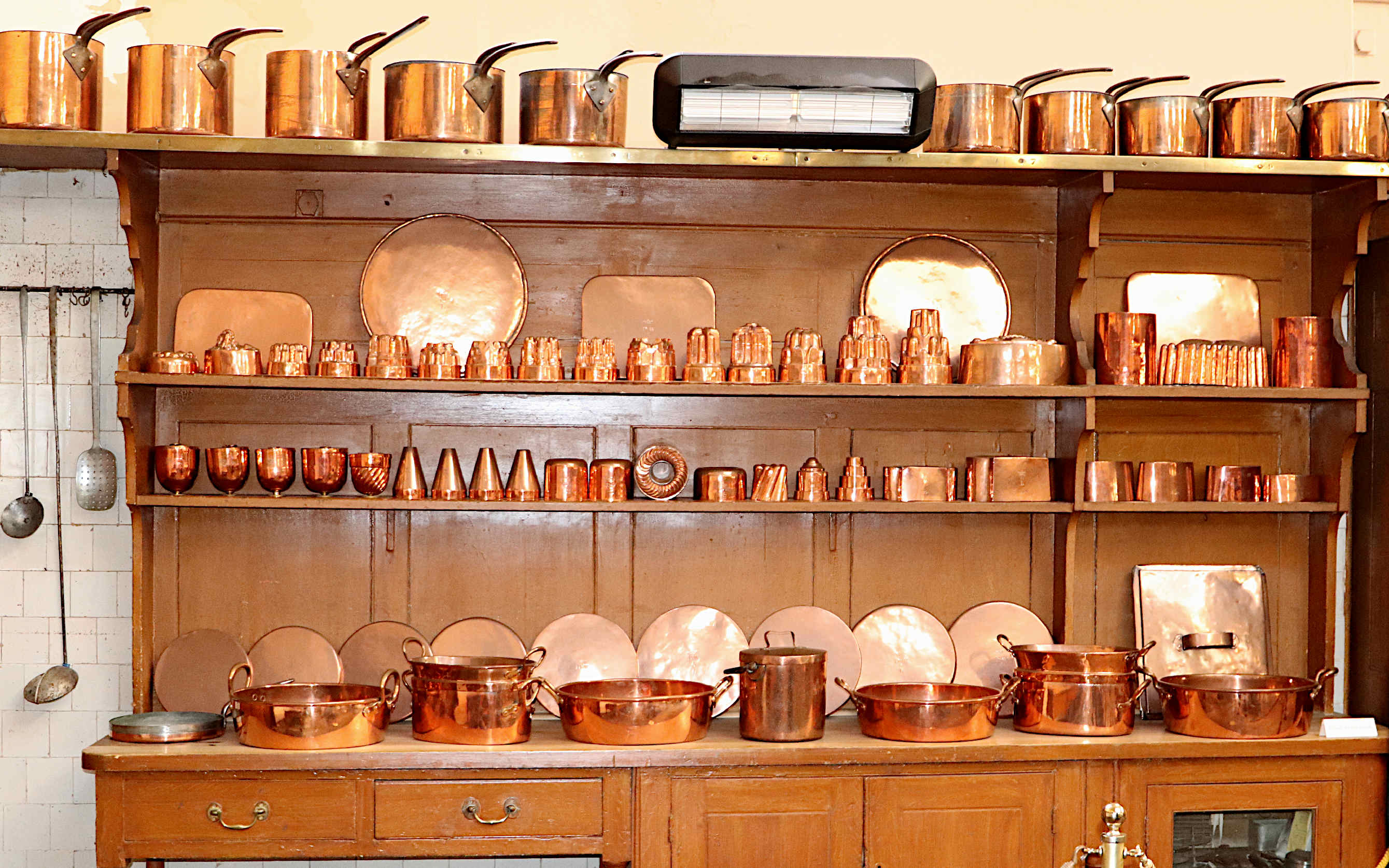
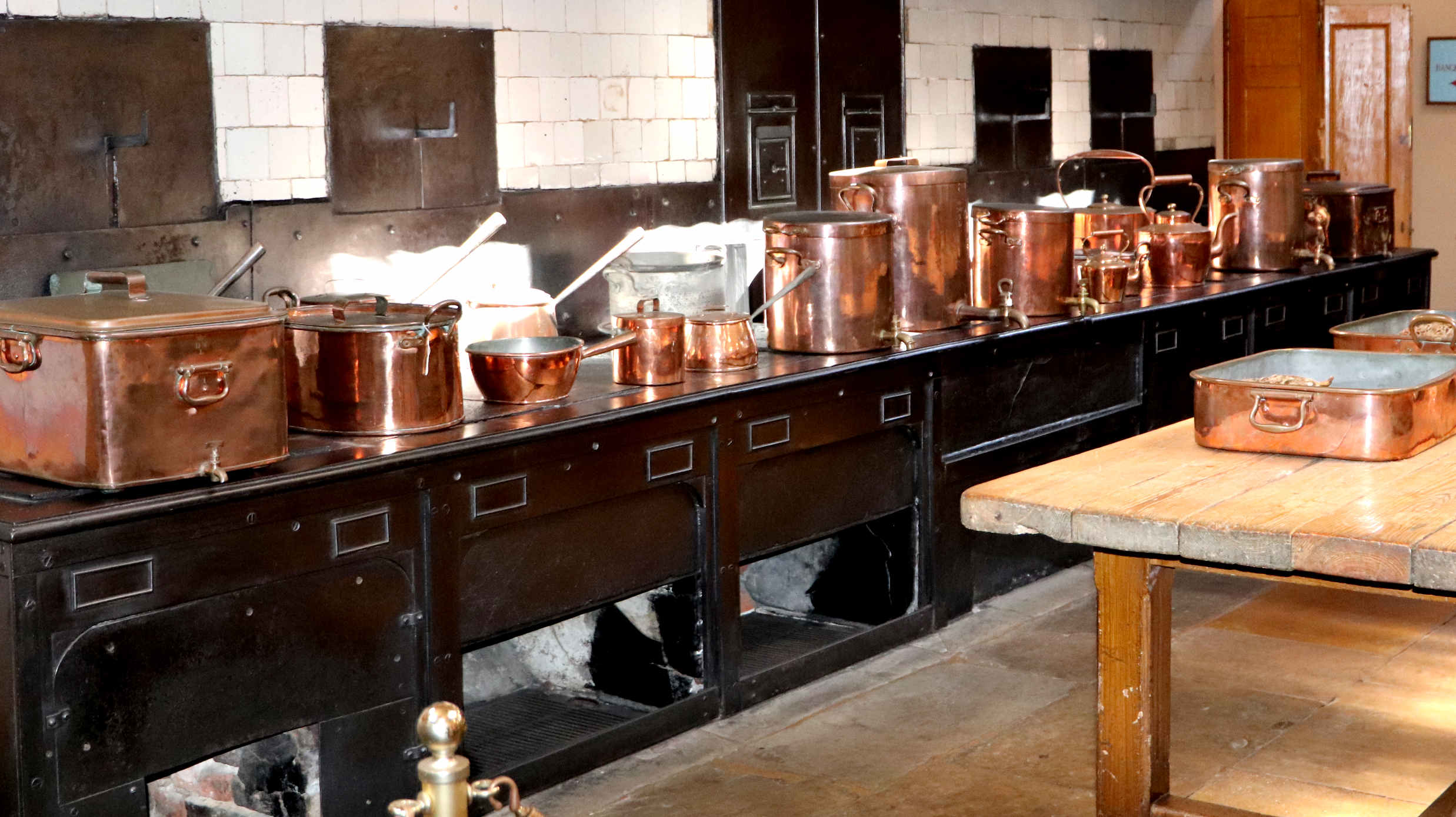
FESTIVALS & RALLIES
Each May the city hosts the Brighton Festival and Brighton Fringe, the second largest arts festival in the UK (after Edinburgh). This includes processions such as the Children's Parade, outdoor spectaculars often involving pyrotechnics, and theatre, music and visual arts in venues throughout the city, some brought into this use exclusively for the festival. The earliest feature of the festival, the Artists' Open Houses, are homes of artists and craftspeople opened to the public as galleries, and usually selling the work of the occupants. Since 2002, these have been organised independently of the official Festival and Fringe.
Brighton Fringe runs alongside Brighton Festival, and has grown to be one of the largest fringe festivals in the world. Together with the street performers from Brighton Festival's "Streets of Brighton" events, and the Royal Mile-esque outdoor performances that make up "Fringe City", outdoor spectacles and events more than double during May.
In 1974, the city was host to the 19th Eurovision Song Contest on 6 April 1974, where ABBA won in the Brighton Dome with their song Waterloo.
Other festivals include The Great Escape, featuring three nights of live music in venues across the city; the Soundwaves Festival in June, which shows classical music composed in the 21st Century, and involves both amateur and professional performers; Paddle Round the Pier; Brighton Live which each September stages a week of free gigs in pubs to show local bands; Burning the Clocks, a winter solstice celebration; Brighton Digital Festival, annually exploring digital technology and culture; and Brighton Pride, the first of its kind in the UK, which attracts 450,000 to the city over the Pride weekend. Disability Pride Brighton promotes acceptance and visibility for area residents who are disabled.
LGBT COMMUNITY
The lesbian, gay, bisexual and trans (LGBT) community in Brighton is one of the largest and most prominent in the UK, and Brighton has been named the "gay capital of the UK". There is record of LGBT history in the city dating to the 19th century. Many LGBT pubs, clubs, bars and shops are located around Brighton and in particular around St James's Street in Kemptown, including Club Revenge. Several LGBT charities, publishers, social and support groups are also based in the city. Brighton Pride is usually celebrated at the start of August
MUSEUMS AND GALLERIES
Brighton museums include Brighton Museum & Art
Gallery, which forms part of the pavilion Preston Manor, Booth Museum of Natural History, Brighton Toy and Model Museum, and Brighton Fishing Museum, which includes artefacts from the West Pier. The Royal Pavilion is also open to the public, serving as a museum to the British Regency.
Brighton has many galleries, including the Brighton Centre for Contemporary Arts (Brighton CCA) based at the University of Brighton, Phoenix Art Space, and ONCA.
NIGHT LIFE & POPULAR MUSIC
Brighton has many night-life hotspots and is associated with popular musicians including Fatboy Slim, Omar, Kirk Brandon, Tim Booth, Nick Cave, Lovejoy, David Van Day from Dollar, Adam Freeland, Orbital, and Robert Smith. Live music venues include Concorde 2, the Brighton Centre and the Brighton Dome, where ABBA received a substantial boost to their career when they won the Eurovision Song Contest 1974. Many events and performance companies operate in the city. Brighton also has the most electronic music events in the UK. Brighton is also host to The Great Escape music festival every May. Brighton has produced several successful bands and music artists including Beats International, Norman Cook, Carl Cox, Dave Clarke, Krafty Kuts, Ed Solo, Evil Nine, Electrelane, Frazier Chorus, Peter and the Test Tube Babies, the Levellers, The Maccabees, Electric Soft Parade, British Sea Power, the Eighties Matchbox B-Line Disaster, The Xcerts, Architects, The Go! Team, Royal Blood, The Kooks, Freemasons, Blood Red Shoes, Lovejoy, Birdeatsbaby, and Rizzle Kicks. Brighton is also home to several independent record labels. The second half of 1973 rock opera Quadrophenia by The Who takes place at Brighton Beach.
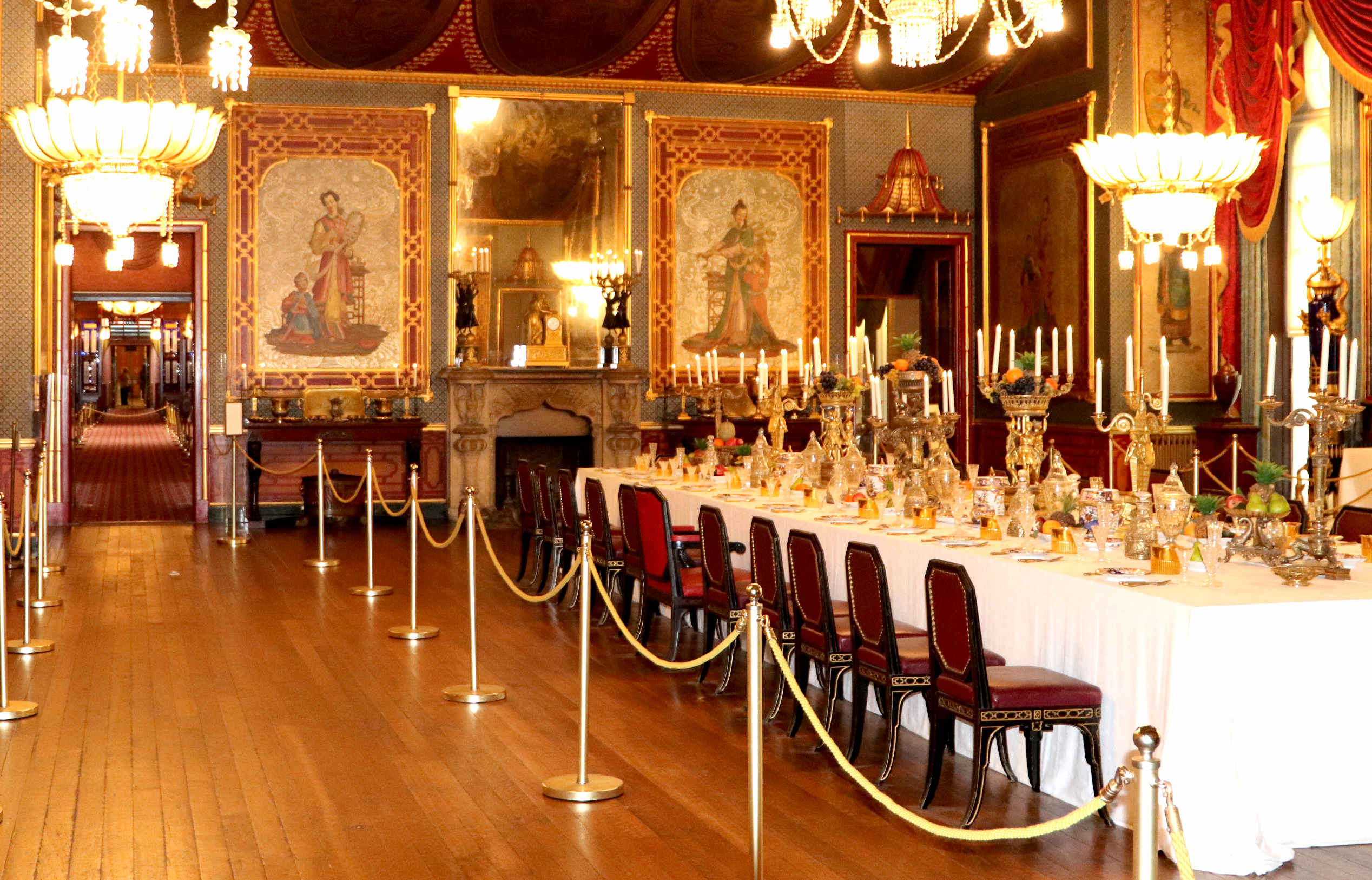
THEATRES
Theatres include the Brighton Dome and associated Pavilion Theatre, the expanded Komedia (primarily a comedy and music venue but also a theatre), the Old Market, which was renovated and re-opened in 2010, and the Theatre Royal, which celebrated its 200th anniversary in 2007. The Attenborough Centre for the Creative Arts is nearby, part of the University of Sussex campus. There are also smaller theatres such as the Marlborough Theatre, the New Venture, and the Brighton Little Theatre. The city has the purpose built Brighton Open Air Theatre, or B•O•A•T, which opened for the Brighton Festival in May 2015.
PARKS
Stanmer Park sits on the northern edge of Brighton and extends into the South Downs. The largest urban park in the city is Preston Park and The Level was recently developed. Other parks include East Brighton Park, Queen's Park and Wild Park.
EDUCATION
The University of Brighton has been part of Brighton since 1859, starting as a school of art in the kitchens of the Royal Pavilion. It was granted university status in 1992, and now has a student population of around 18,000 of which 79 per cent are undergraduates. The university is based on four campuses – City campus in the heart of Brighton; Falmer campus set in the South Downs; Moulsecoomb campus on Lewes Road and Eastbourne campus.
The University of
Sussex, established in 1961 as the first of the plate-glass universities, is a campus research intensive university between Stanmer Park and Falmer, four miles (6 km) from the city centre. The university is home to the Institute of Development Studies and the Science Policy Research Unit, amongst over 40 other established research centres, and has been ranked first in the world for Development studies by the World University Rankings. Served by trains (to Falmer railway station) and 24-hour buses, it has a student population of around 20,000 students of which about a quarter are postgraduates. The university has been ranked 41st in the UK by the Complete University Guide in its 2022 rankings and 246th in the world by the World University Rankings of 2021.
In 2001 the music college BIMM (British and Irish Modern Music Institute) opened in Brighton under the name The Brighton Institute of Modern Music. The college has approximately 1500 students across Brighton, its degree courses at BIMM are validated by the University of Sussex and diploma courses are taught at the Brighton Aldridge Community Academy. Notable alumni have included James Bay, The Kooks and Tom Odell. Since the college opened it has expanded to become Europe's largest music college with 6500 students studying at eight campuses across Europe including Bristol, London, Manchester, Berlin, Dublin, Hamburg, and Birmingham.
In 2003, the universities of Brighton and Sussex formed a medical school, known as Brighton and Sussex Medical School. The school was one of four new medical schools to be created as part of a government programme to increase the number of NHS doctors. The school is based at the University of Sussex campus and works closely with the Brighton and Sussex University Hospitals NHS Trust.
Brighton & Hove City Council is responsible for 80 schools, of which 54 are in Brighton.
A range of non-university courses for students over 16, mainly in vocational education subjects, are provided at the further education college, Greater Brighton Metropolitan College (previously City College and before that Brighton Technical College). More academic subjects can be studied by 16- to 19-year-olds at Brighton Hove & Sussex Sixth Form College (BHASVIC) in the Seven Dials area. Varndean College in North Brighton occupies a commanding position. The 1920s building is celebrated for its façade and internal quads. The college offers academic A levels, the International Baccalaureate and vocational courses, including BTECs.
As Brighton is home to public universities and colleges, it also home to private colleges such as Hove College located near the County Cricket Ground. The college was established in 1977 and offers higher educational courses such as vocational, certificate, professional, diploma and Advanced Diploma qualifications and has a close partnership with the University of Brighton.
There are state schools and some faith schools. Notable secondary state schools include Longhill High School, Varndean School, Patcham High School, Dorothy Stringer School, Blatchington Mill School, Hove Park School, Brighton Aldridge Community Academy, and King's School.
Special Education Schools include Downs View and Downs View Link College for people over 16. There are also Pupil Referral Units (PRUs).
There are a number of independent schools, including Brighton College, Roedean School, Steiner School, Brighton Girls (formerly known as Brighton and Hove High School (BHHS)), and a Montessori school. As with the state schools, some independents are faith-based; Torah Academy, the last Jewish primary school, became a Nursery School at the end of 2007. The Brighton Institute of Modern Music, a fully accredited music college, opened in 2001 and has since expanded to five locations throughout Britain.
Brighton has been ranked a top 10 student city in the UK by QS rankings.
SPORT
FOOTBALL
Brighton & Hove Albion Football Club is the city's professional association football team. After playing at the Goldstone Ground for 95 years, the club spent 2 years ground-sharing 70 miles away at Gillingham F.C. before returning to the town as tenants of the Withdean Stadium. At the start of the 2011–12 season the club moved permanently to Falmer Stadium, a Premier League level stadium colloquially known as 'the Amex'. Notable achievements include winning promotion to the Football League First Division in 1979 and staying there for 4 seasons. They reached the 1983 FA Cup Final drawing 2–2 with Manchester United before losing in the replay 5 days later. The 2017–18 football season saw Brighton's debut in the Premier League after a win against Wigan Athletic guaranteed automatic promotion to the top flight.
Whitehawk Football Club is a semi-professional association football club based in a suburb in east Brighton. They play in the Isthmian League South East having won promotion three times in the space four years between 2009 and 2013, before getting relegated twice in quick succession in the 2017–18 and 2018–19 season. Games are played at The Enclosed Ground,[185] which is set into the South Downs close to Brighton Marina.
RUGBY
Brighton Football Club (RFU) is one of the oldest rugby clubs in England, founded in 1868 before the RFU. They currently play in the Premier division of London and South-East RFU League.
Brighton was chosen as one of the 13 Rugby World Cup 2015 host cities, with two games being played at the 30,750 capacity Falmer Stadium (although it was named the "Brighton Community Stadium" throughout the tournament for sponsorship reasons). One of the two games played was one of the biggest shocks in the history of Rugby Union, with Japan defeating South Africa 34 points to 32, with a try in the dying minutes of the game. The other game was between Samoa and the United States.
HOCKEY
Brighton & Hove Hockey Club is a large hockey club that train and play their matches at Blatchington Mill School. The men's 1XI gained promotion in 2013 to the England Hockey League system, Conference East.
CRICKET
Sussex County Cricket Club play at County Cricket Ground in Hove. The ground has hosted one men's One Day International; the match was part of the 1999 Cricket World Cup, and was a Group A match between South Africa and India, which South Africa won by 4 wickets. The County Ground has also hosted 2 Test matches in The Women's Ashes in 1987 and 2005; in addition, the ground hosted two One Day Internationals in the 2013 Women's Ashes and, as of 2017, 5 Women's ODIs and 4 Women's T20Is have been hosted at the ground.
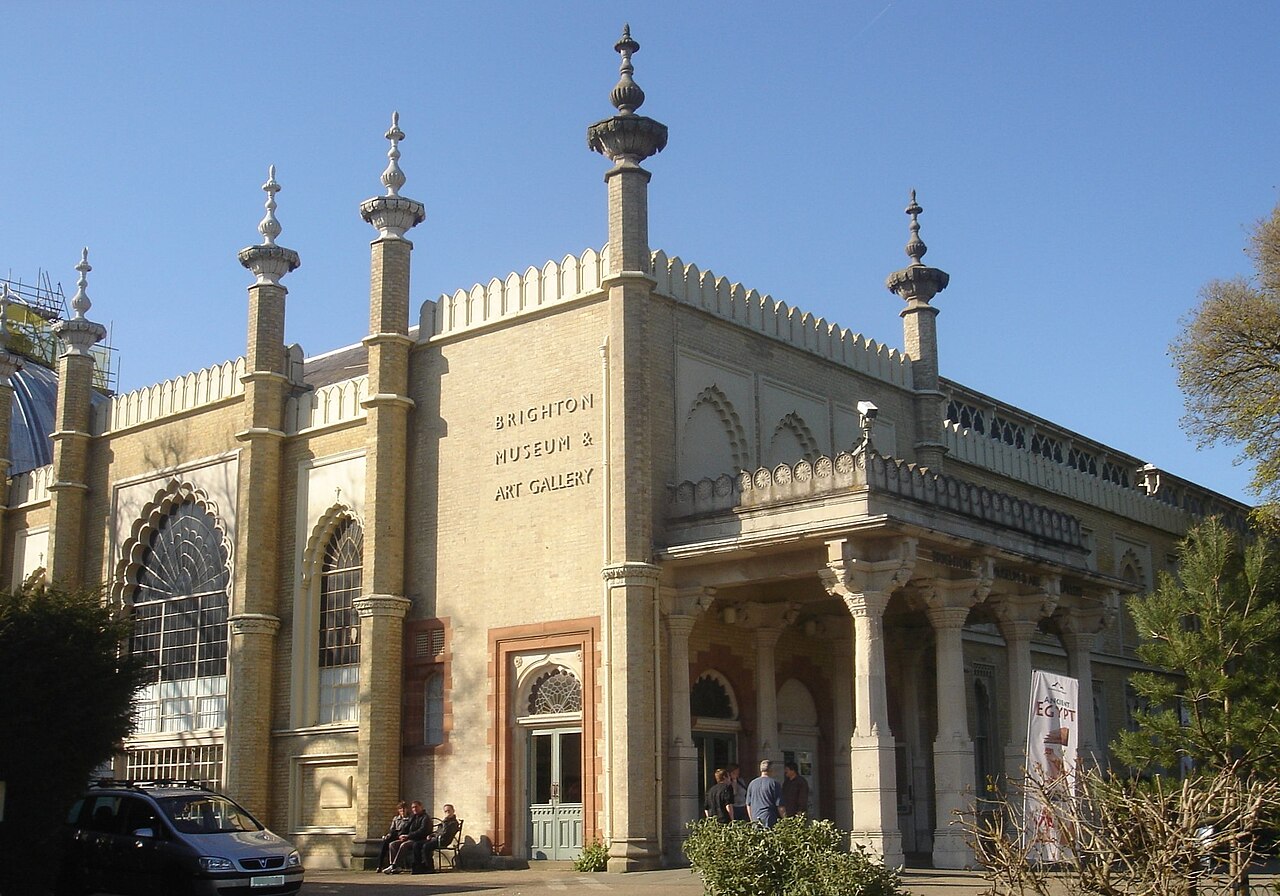
CHURCH
STREET - Brighton
Museum and Art Gallery provides a fun day out for all the family. Entry
used to be free, but is now quite expensive for those who do not plan to
visit again in the near future. It is not so costly for those who might
visit more often, such as those who live in Brighton or Hove, or
surrounding towns and villages.
....
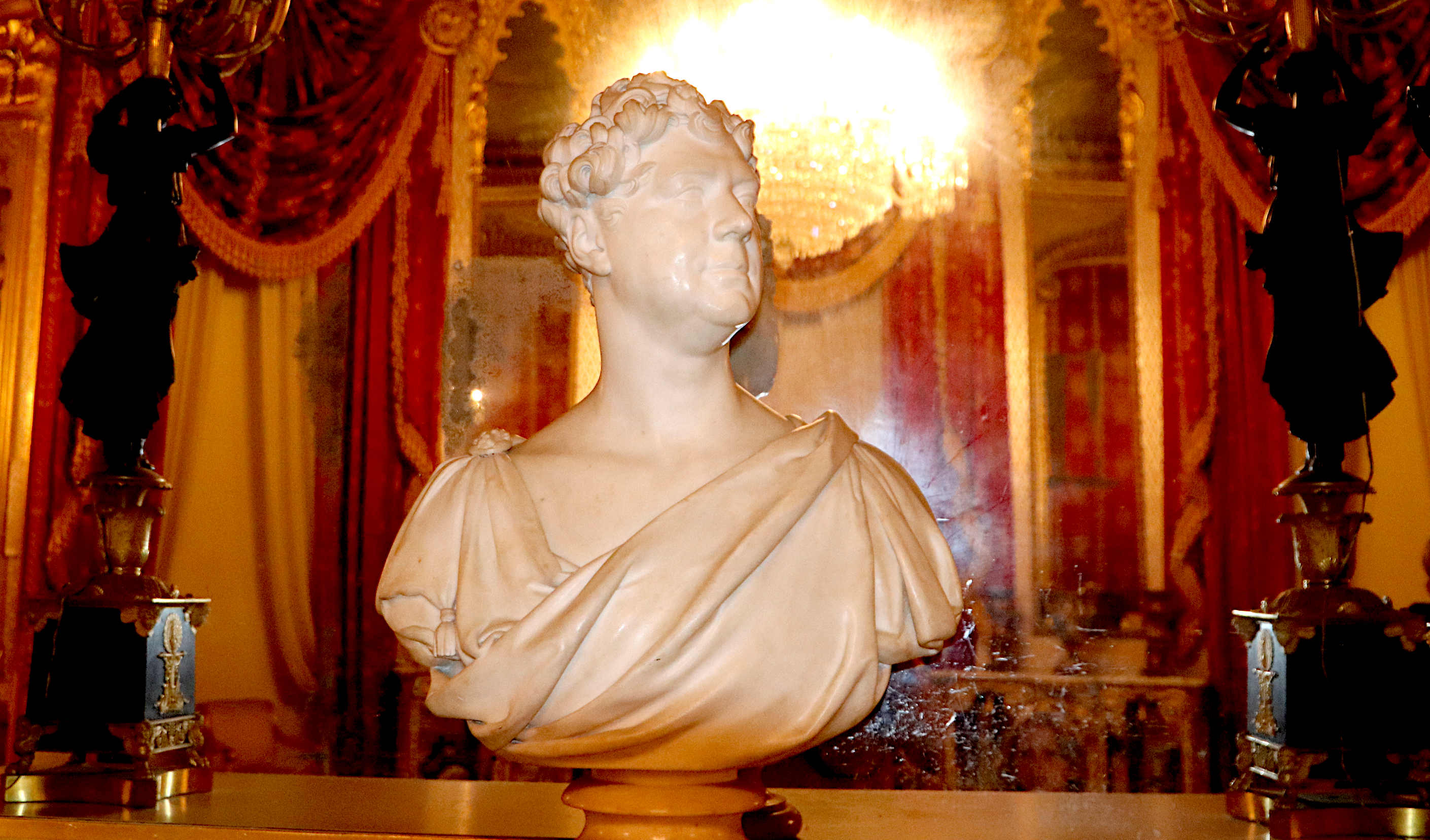
...
REFERENCE
https://www.
Please use our
A-Z INDEX to
navigate this site
|
